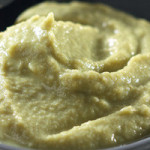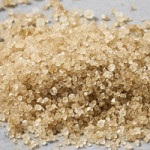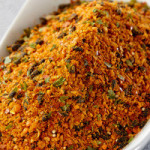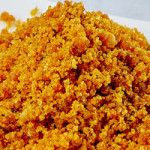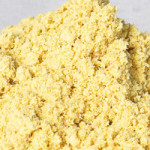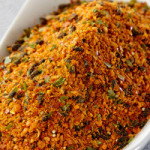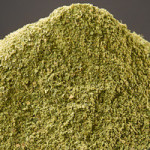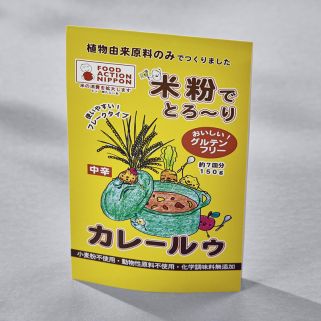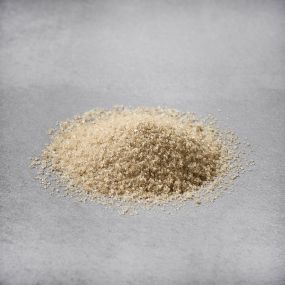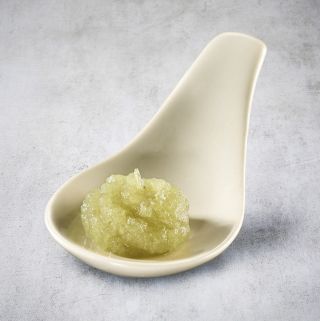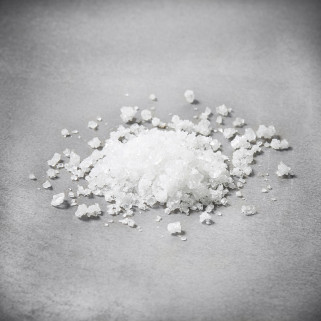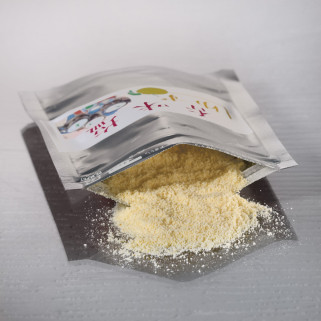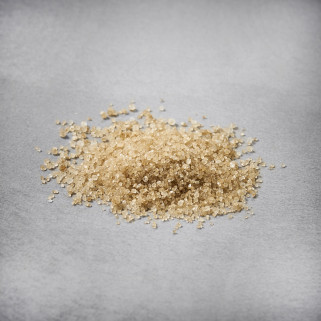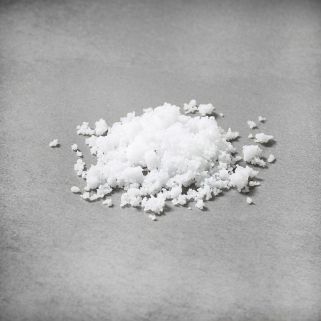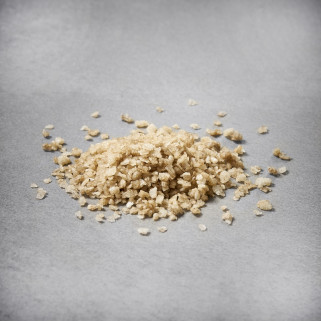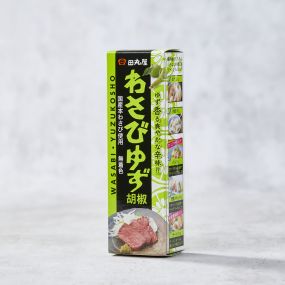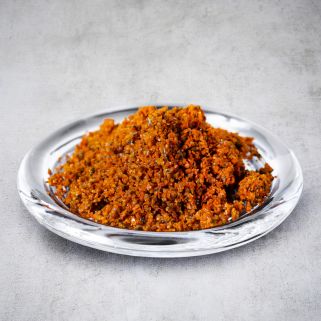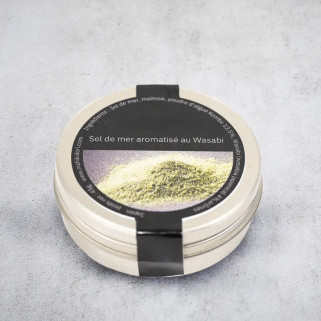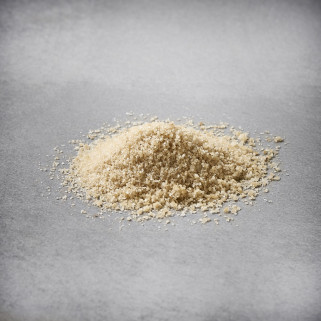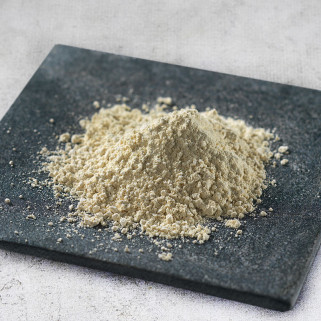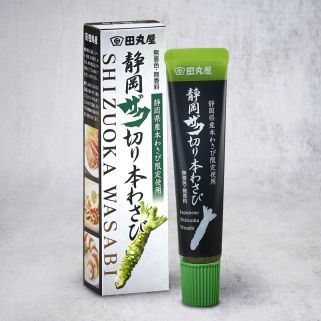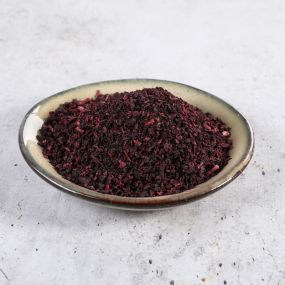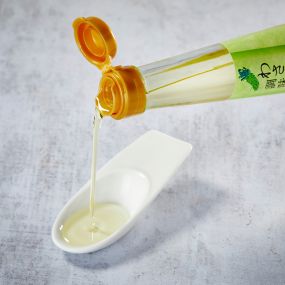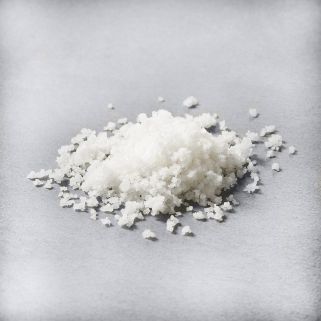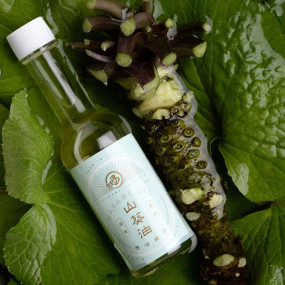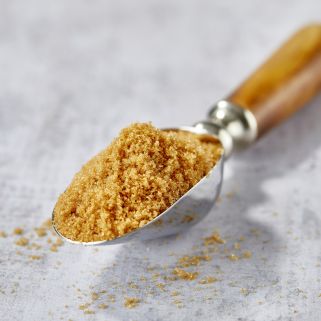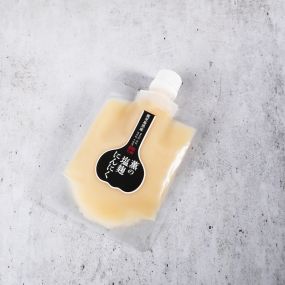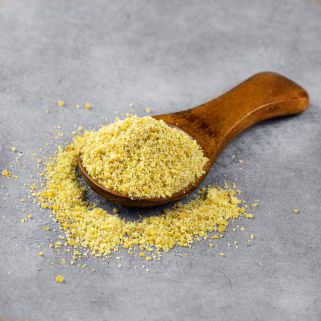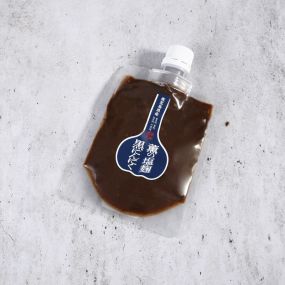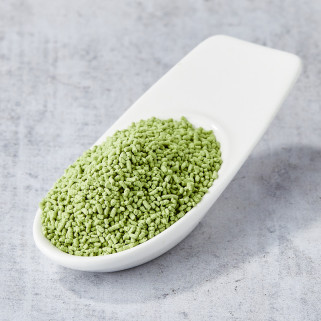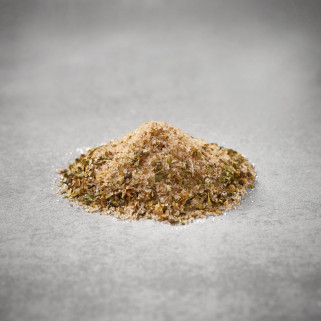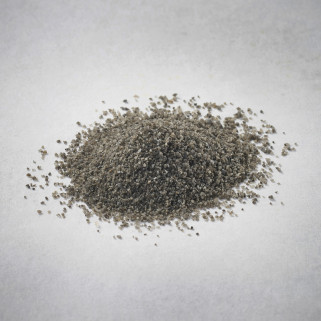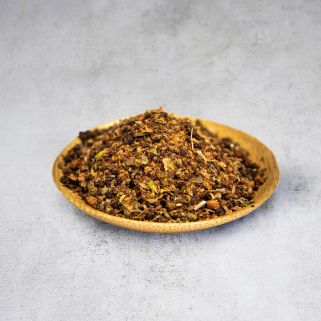Add to my wishlist "Izu Oshima Hoshi Shio sea salt"
Select a wishlist to add this product
There are not wishlist.
This product has been added to wishlist.
View my Wishlists
This product has been added to your wish list.
Remove
This product was successfully removed from your wish lists.

Add to my wishlist "Izu Oshima Hoshi Shio sea salt"
Select a wishlist to add this product
There are not wishlist.
This product has been added to wishlist.
View my Wishlists
This product has been added to your wish list.
Remove
This product was successfully removed from your wish lists.
€6.10
€152.50 / Kg
(1 review)

Add to my wishlist "Izu Oshima Hoshi Shio sea salt"
Select a wishlist to add this product
There are not wishlist.
This product has been added to wishlist.
View my Wishlists
This product has been added to your wish list.
Remove
This product was successfully removed from your wish lists.
Craftsmen from of Umi No Sei continue to make their salt in a traditional way: sea water is taken and dried on the sand near the sea.
Even if the yields are very low, the quality is achieved.
€6.10
€152.50 / Kg
(1 review)

Add to my wishlist "Izu Oshima Hoshi Shio sea salt"
Select a wishlist to add this product
There are not wishlist.
This product has been added to wishlist.
View my Wishlists
This product has been added to your wish list.
Remove
This product was successfully removed from your wish lists.
Craftsmen from of Umi No Sei continue to make their salt in a traditional way: sea water is taken and dried on the sand near the sea.
Even if the yields are very low, the quality is achieved.
€6.10
€152.50 / Kg
(1 review)














